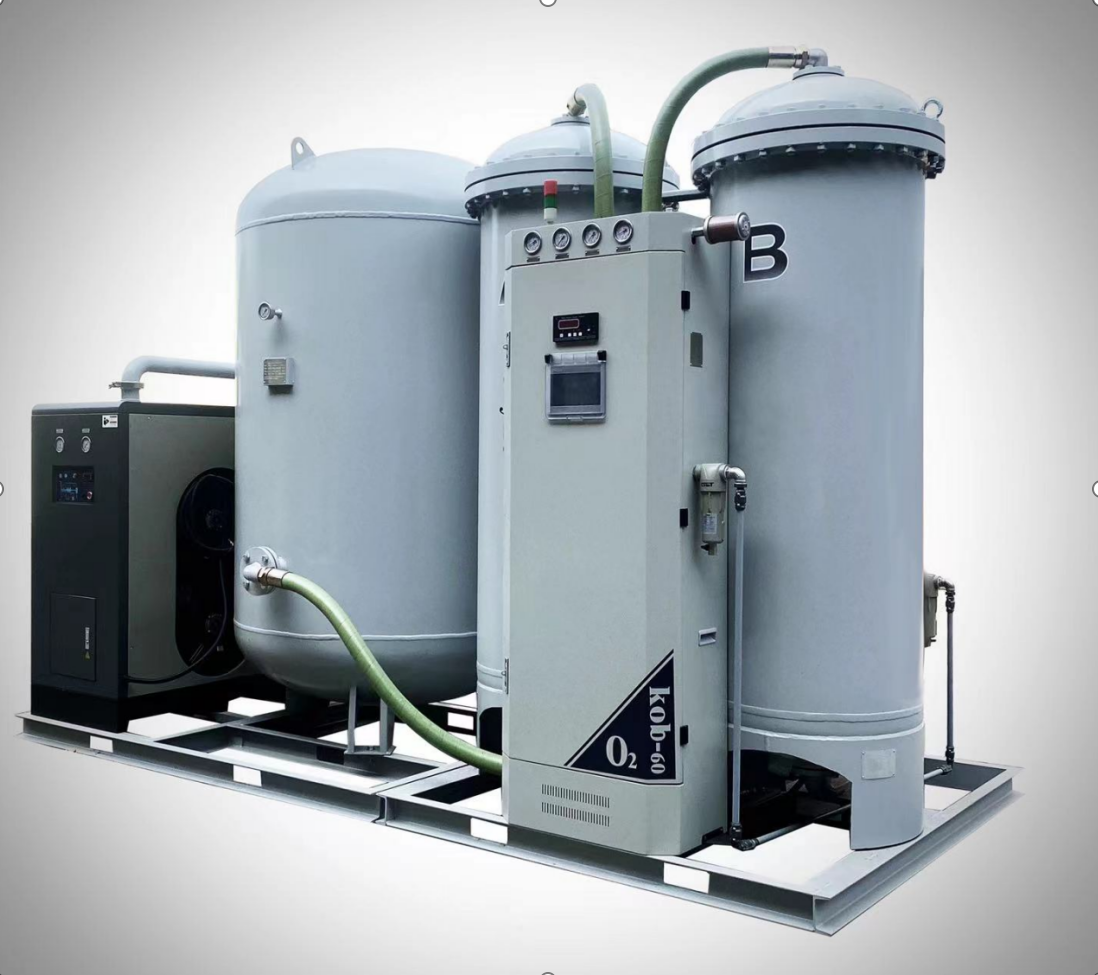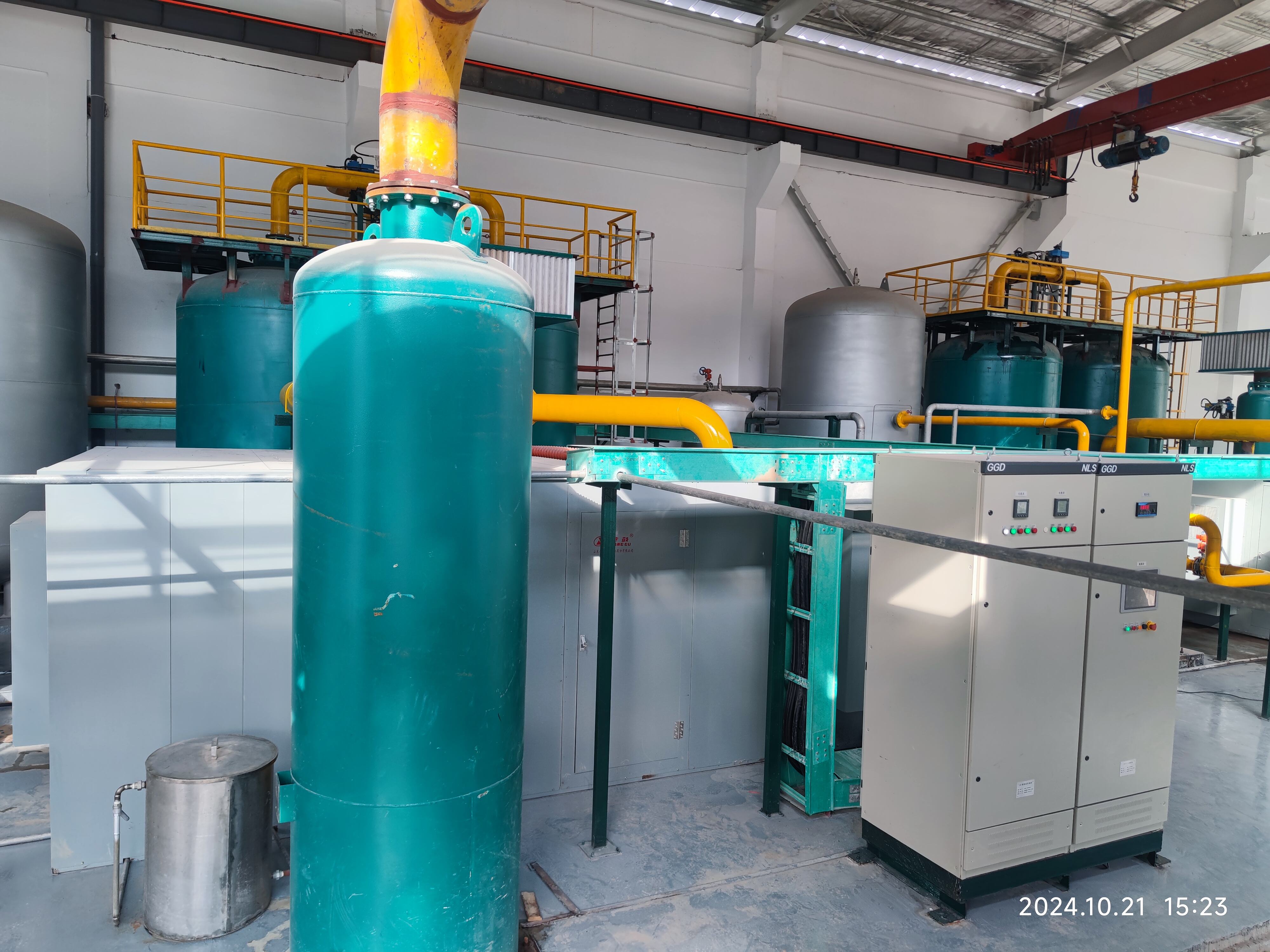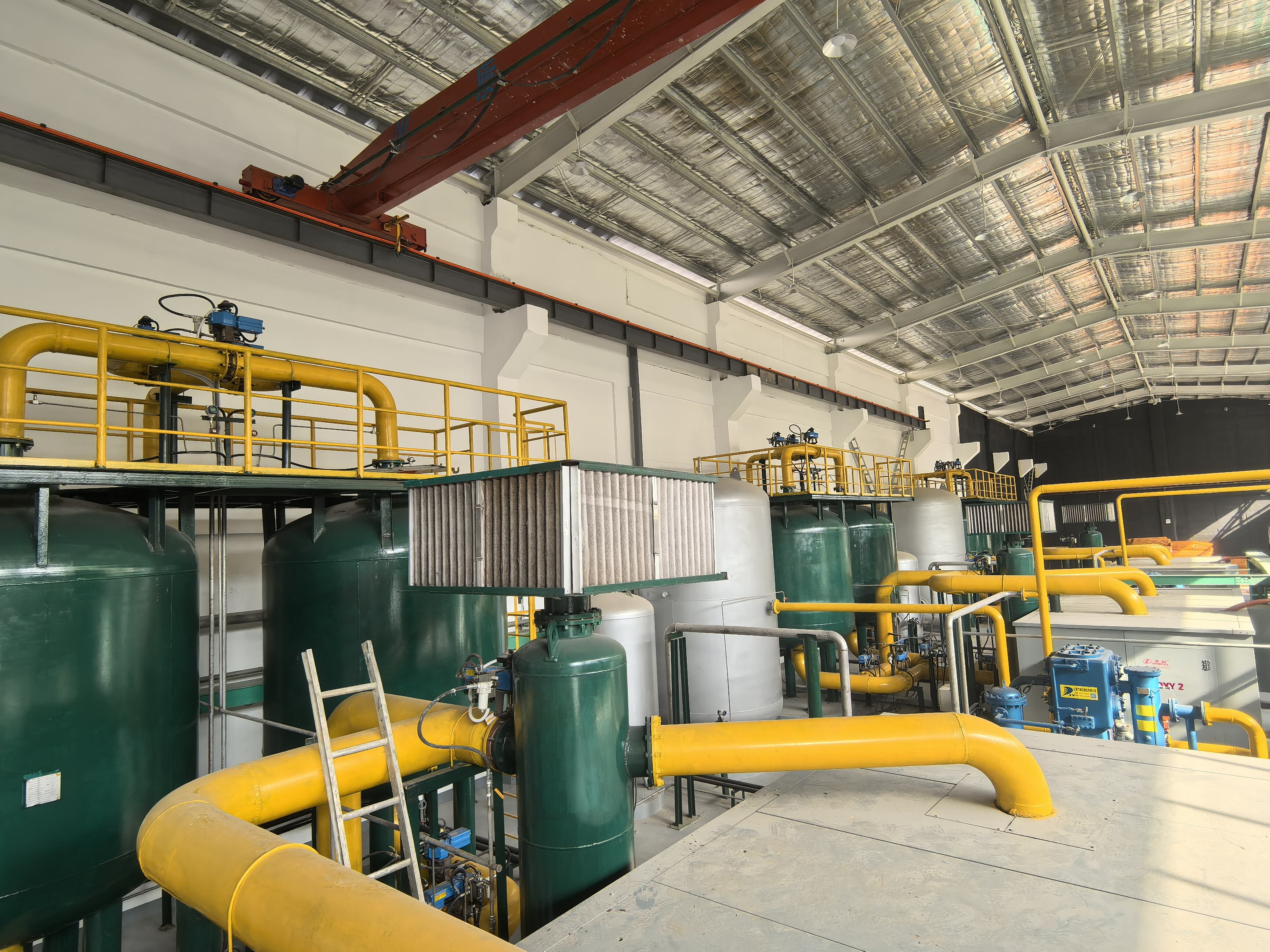fonctionnement de l'usine d'oxygène VPSA
L'usine d'oxygène VPSA (Vacuum Pressure Swing Adsorption) représente une technologie de pointe pour la production d'oxygène à haute pureté via un processus sophistiqué d'adsorption. Ce système innovant fonctionne en utilisant des matériaux de tamis moléculaires spécialisés qui capturent sélectivement l'azote de l'air ambiant, permettant à l'oxygène de passer. Le principe de fonctionnement implique deux phases principales : la pressurisation et la désorption sous vide. Pendant la pressurisation, de l'air comprimé passe par les lits de tamis moléculaires, où les molécules d'azote sont piégées tandis que les molécules d'oxygène s'écoulent. La phase sous vide régénère ensuite les lits de tamis en éliminant l'azote capturé. Ce cycle continu garantit une production d'oxygène stable avec des niveaux de pureté atteignant généralement 93-95 %. L'installation intègre plusieurs récipients d'adsorption travaillant en séquences alternées, assurant une fourniture ininterrompue d'oxygène. Des systèmes de contrôle avancés surveillent et ajustent les paramètres opérationnels, y compris les niveaux de pression, les temps de cycle et les débits, pour maintenir une performance optimale. Le processus nécessite peu d'énergie par rapport aux méthodes traditionnelles de production d'oxygène, le rendant très efficace pour les applications industrielles. Les usines VPSA sont évolutives et peuvent être personnalisées pour répondre à des besoins variés en oxygène, des petites installations médicales aux grandes opérations industrielles.


